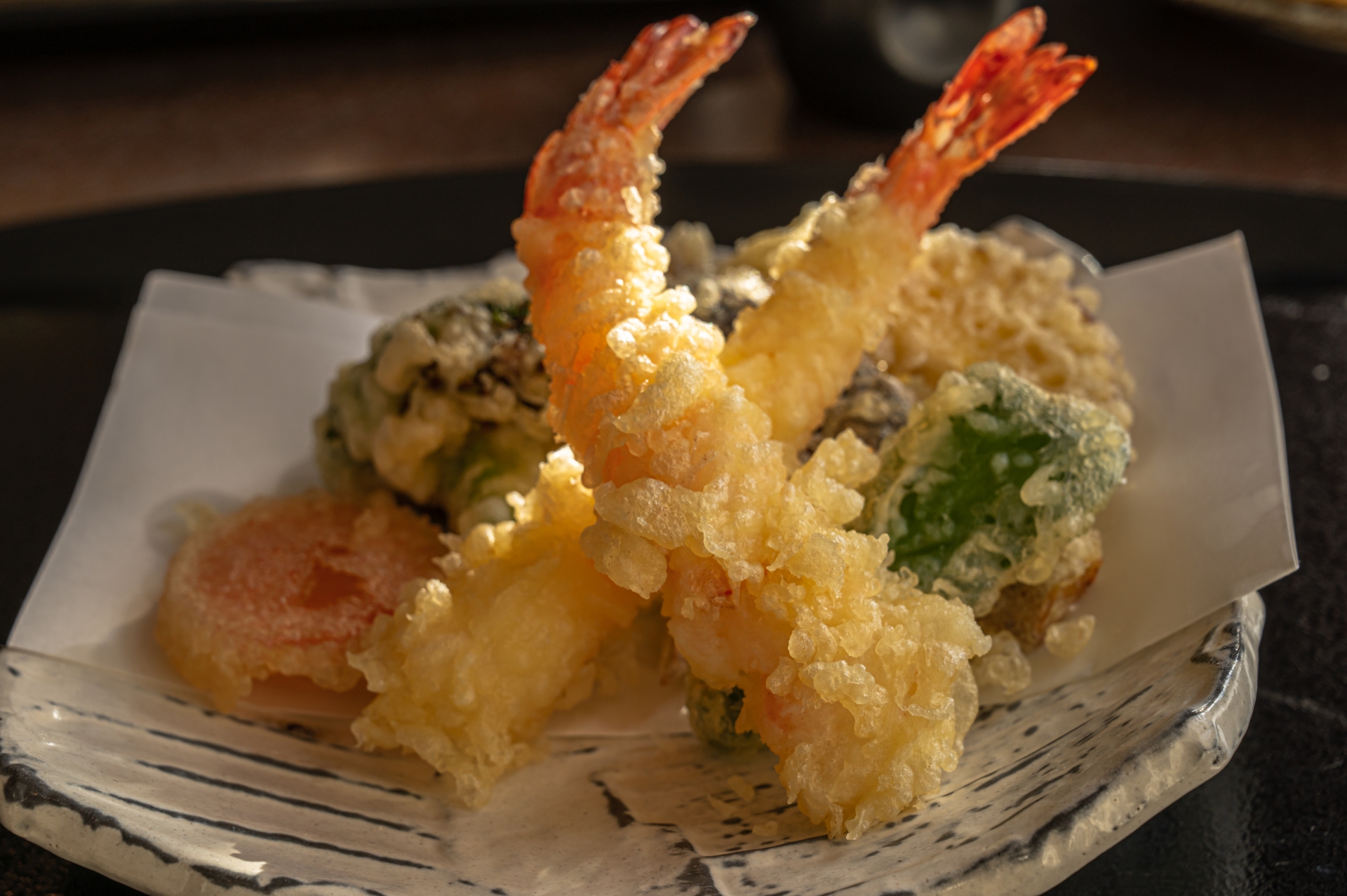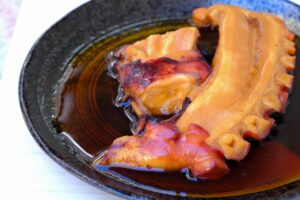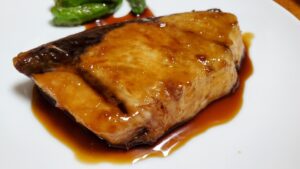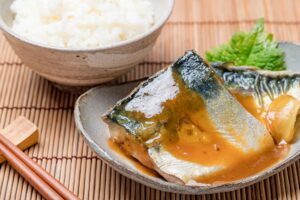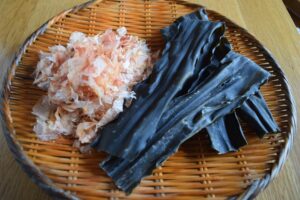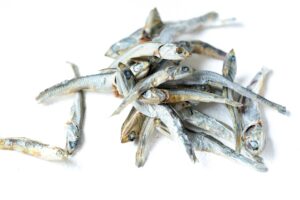Tempura is more than just fried food – it’s a delicate balance of crispy batter and fresh ingredients that represents the best of Japanese cuisine. In this article, you’ll learn how to make tempura at home, understand its rich history, and find ways to enjoy it in healthier forms. Whether you’re a seasoned cook or new to Japanese cooking, this guide will help you master the art of tempura.
What is Tempura?
Tempura is a popular Japanese dish consisting of seafood or vegetables that are lightly battered and deep-fried to achieve a crispy texture. Unlike other fried foods, tempura’s batter is thinner and uses fewer ingredients, often just cold water, flour, and egg. The minimalistic batter ensures that the fresh taste of the ingredients shines through without being overwhelmed by oil or heaviness.
Tempura’s key difference from other fried dishes around the world is its focus on lightness and crispness. Additionally, while many fried dishes use breading or thicker batters, tempura maintains a balance that allows the ingredients to remain the star.
Common ingredients for tempura include shrimp, squid, sweet potatoes, eggplants, mushrooms, and even seasonal specialties like kabocha (Japanese pumpkin).
The History and Cultural Importance of Tempura
Tempura’s history dates back to the 16th century when Portuguese missionaries introduced the concept of batter-fried food to Japan. Over time, the dish was adapted to fit Japanese tastes, leading to its current form. By the Edo period (1603–1868), tempura became a street food favorite in Tokyo, enjoyed by all social classes.
Today, tempura holds a significant place in Japanese cuisine, often served as part of a set meal, with rice, miso soup, and dipping sauce. It is a celebrated dish in Japanese culinary arts, showcasing the precision and delicate cooking techniques that define the country’s approach to food.

Popular Tempura Variations
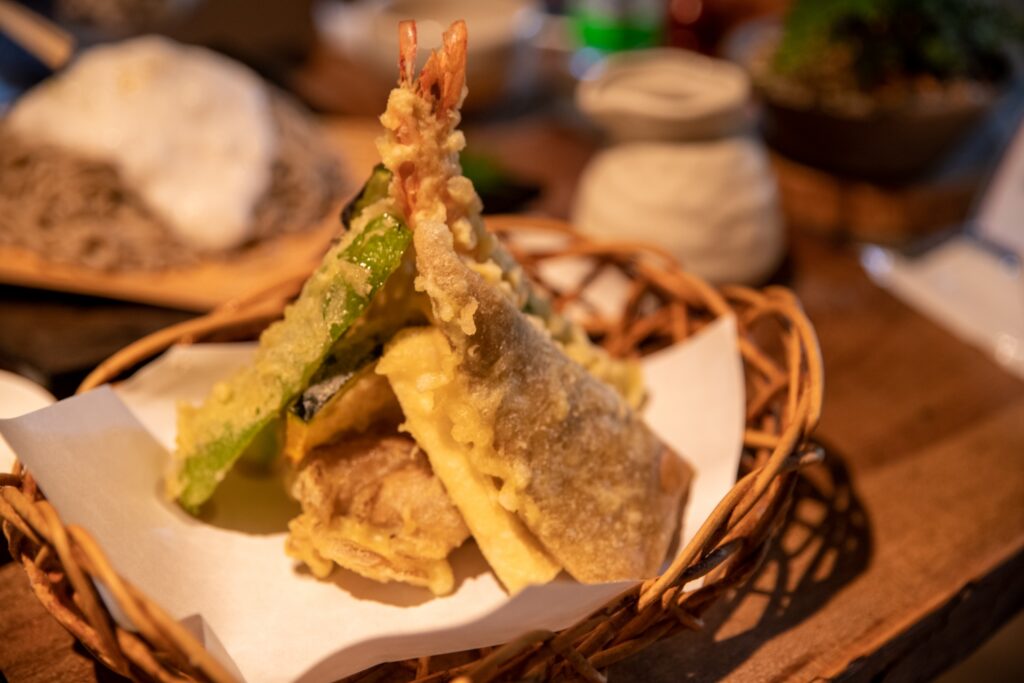
Tempura offers endless variety, combining seafood, vegetables, and other ingredients in delicious, crispy coatings. Here are some of the most popular types of tempura you’ll find in Japan and beyond:
- Shrimp and Prawn (Ebi Tempura)
The most iconic form of tempura, shrimp (ebi) and prawn are deep-fried to perfection, maintaining a straight form. Variants include tiger prawns and black tiger shrimp. This is a must-try for any tempura enthusiast. - Vegetable Tempura
A vegetarian favorite, vegetable tempura includes a wide array of ingredients such as sweet potatoes, mushrooms, and lotus root (renkon). Seasonal vegetables are often chosen, allowing for fresh, local flavors. - Kakiage
A medley of shredded vegetables like onions and carrots, often mixed with small shrimp, kakiage is formed into a patty and fried together. It’s commonly served over rice or with noodles. - White Fish Tempura
Mild-flavored white fish like cod or flounder make excellent choices for tempura, allowing the subtle, flaky texture to shine through. - Chicken Tempura (Toriten)
Originating from Oita Prefecture, chicken tempura differs from karaage (fried chicken) as it’s coated in tempura batter instead of flour, offering a lighter, crispier texture. - Chikuwa Tempura
A unique snack, chikuwa is a tube-shaped fish cake often used in Japanese soups like oden. In tempura form, it offers a chewy contrast to the crispy batter. - Egg Tempura
Crispy on the outside, with a soft, runny center, egg tempura is a delightful surprise and is served in many tempura restaurants.
These variations showcase the versatility of tempura, adapting to different ingredients and regional specialties across Japan.
How to Make Perfect Tempura Batter
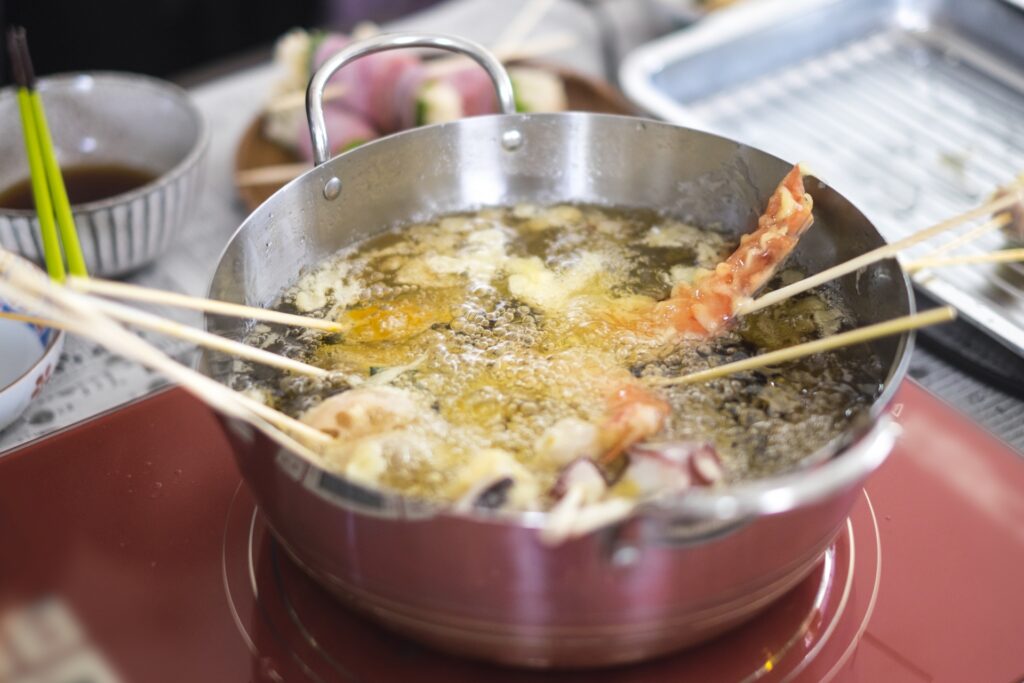
The secret to tempura’s light and crispy texture lies in the batter. Here’s how to make the perfect tempura batter:
- Ingredients: Use cold water, all-purpose flour, and a lightly beaten egg. The cold temperature is crucial to prevent the batter from absorbing too much oil.
- Mixing: Combine the ingredients gently. Avoid over-mixing, as this can develop gluten in the flour and make the batter chewy instead of crispy.
- Consistency: The batter should be thin and slightly lumpy. When done correctly, it will create a light, airy coating that crisps up beautifully when fried.
- Keep it Cold: To maintain the crispness, keep the batter cold by placing it over a bowl of ice.
How to Serve Tempura: Dipping Sauces and Accompaniments

Traditional tempura is often served with a dipping sauce known as tentsuyu, a mix of soy sauce, mirin (sweet rice wine), and dashi (fish stock). Here’s how to make a basic version of tentsuyu:
- Ingredients: 1/2 cup dashi, 2 tbsp soy sauce, 2 tbsp mirin, grated daikon radish for garnish.
- Instructions: Heat the dashi, soy sauce, and mirin in a small pot until just before boiling. Serve warm alongside the tempura.
Accompaniments such as grated daikon radish or a bowl of plain steamed rice enhance the experience and balance the richness of the fried dish.
Healthier Alternatives to Tempura
While tempura is indulgent, there are ways to make it a bit healthier. Consider these alternatives:
- Baked Tempura: Instead of deep-frying, you can bake tempura in the oven. Although it won’t achieve the same crispness, it offers a lighter option with less oil.
- Air-Fried Tempura: For those who own an air fryer, this is a great alternative. It reduces the oil content while still creating a crispy texture.
- Lighter Oils: Use heart-healthy oils like olive or avocado oil to fry tempura, which have a higher smoke point and may reduce the dish’s overall fat content.
Nutritionally, tempura is lower in calories when compared to other fried foods because of its light batter. However, moderation is key, and adding more vegetables to your tempura mix can boost its health benefits.
Tempura Restaurants and Where to Eat the Best Tempura
If you want to experience authentic tempura, visiting Japan is a must. Some of the top cities for tempura include:
- Tokyo: Renowned for its tempura shops, Tokyo offers both high-end restaurants like Ten-Ichi and casual spots specializing in freshly fried tempura.
- Kyoto: Known for its delicate and refined take on tempura, Kyoto serves up seasonal tempura dishes in a more serene atmosphere.
- Osaka: Famous for street food, Osaka offers a vibrant tempura scene with casual dining options that emphasize the freshness of the ingredients.




